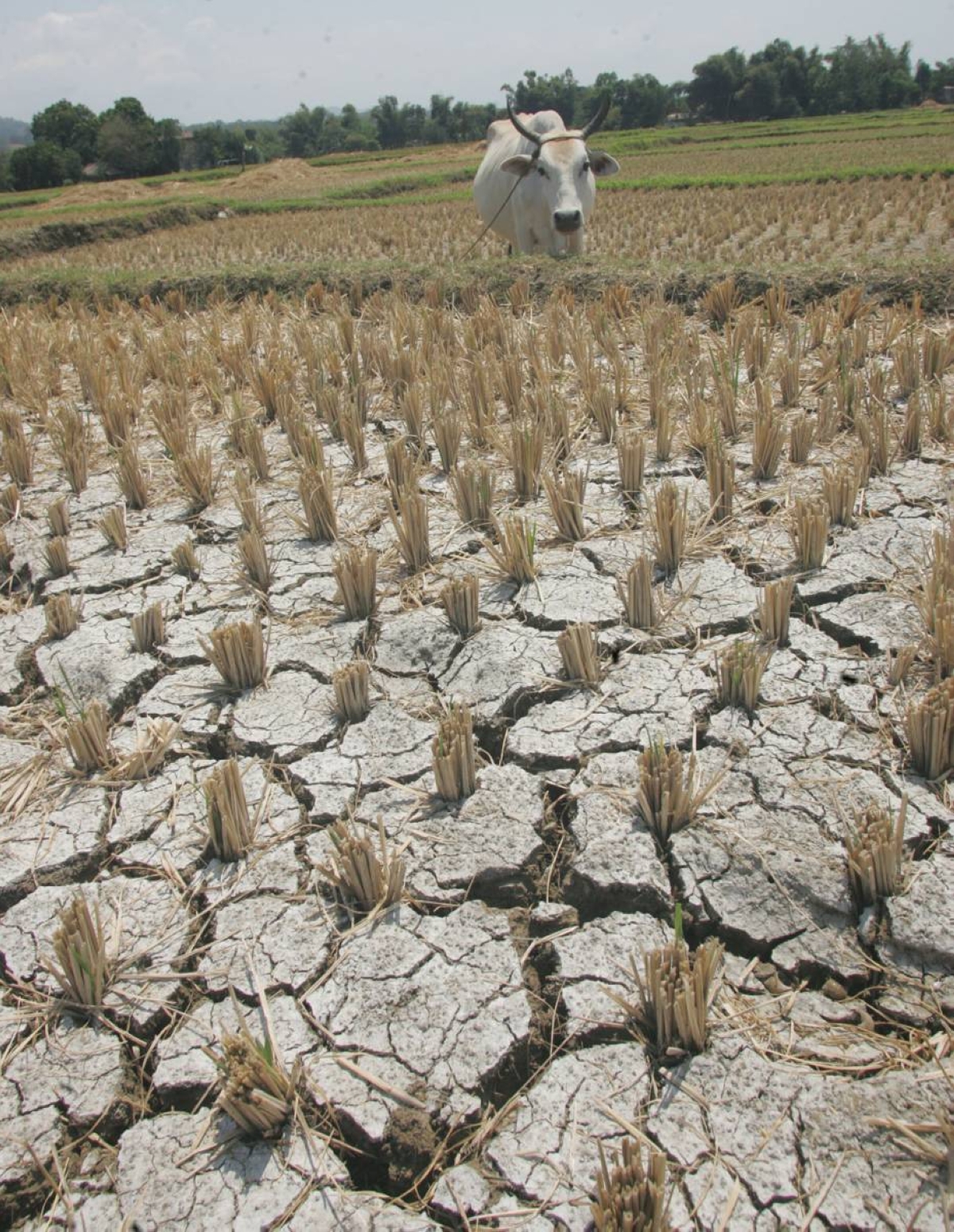At least 17 provinces in Luzon, Philippines, are predicted to experience drought by the end of January due to the effects of the El Niño phenomenon, according to the Philippine Atmospheric, Geophysical and Astronomical Services Administration (Pagasa). This weather event is expected to have adverse effects on various climate-sensitive sectors such as water resources, agriculture, energy, health, public safety, and other key sectors.
Pagasa Officer in Charge Nathaniel Servando emphasized that a strong El Niño is currently present in the tropical Pacific and is showing signs of further intensification in the coming months as sea surface temperatures rise by more than 1.5 degrees Celsius. The El Niño phenomenon increases the likelihood of below-normal rainfall conditions, leading to dry spells and drought in some areas of the country. These conditions may persist until the first or second quarter of 2024.
The provinces likely to be affected by drought include Benguet, Ifugao, Kalinga, Apayao, Mountain Province, Ilocos Sur, La Union, Pangasinan, Cagayan, Nueva Ecija, Nueva Vizcaya, Pampanga, Tarlac, Batangas, Cavite, Oriental Mindoro, and Palawan. Additionally, the Spratly Islands are expected to experience a dry condition, while Abra, Ilocos Norte, Isabela, Quirino, Bataan, Bulacan, Zambales, Aurora, Occidental Mindoro, and Metro Manila may face a dry spell.
Pagasa defines a dry spell as three consecutive months of below-normal rainfall or a 21 to 60 percent drop in average rainfall. A dry condition, on the other hand, is characterized by two consecutive months of below-normal rainfall or a 21 to 60 percent reduction in average rainfall. Drought refers to five consecutive months of below-normal rainfall conditions or three consecutive months of way below-normal rainfall conditions (more than a 60 percent reduction from average).
To mitigate the effects of El Niño on rice production, the Department of Agriculture (DA) has allocated more funds to the National Rice Program (NRP) this year. The NRP will receive a total of P30,889,904,000, which is over half a billion pesos more than its allocation in 2023. Bicol Saro party-list Rep. Brian Raymund Yamsuan stated that the budget increase for the NRP aims to soften the impact of the El Niño phenomenon on the country’s food production.
Yamsuan expressed confidence that the Agriculture department and other concerned sectors would be fully prepared to support rice farmers during this prolonged dry spell. In addition, small rice producers will receive cash aid of over P15 billion from the 2023 tariff collections from rice imports. The law mandates that rice import tariff collections in excess of P10 billion should directly benefit farmers tilling land of two hectares and below in the form of cash grants.
Under the NRP, the budget for production support services has increased to P24.22 billion in 2024 from P22.87 billion in 2023. These services include establishing community seed banks, supporting Regional Integrated Agricultural Research Centers, buffer seed stocking, insurance coverage for disaster response, and pest control measures. Furthermore, the budget for irrigation network services under the NRP has increased by 40 percent to P1.01 billion in 2024 from P721.25 million in 2023, in anticipation of the dry spell caused by El Niño.
As the impact of the El Niño phenomenon looms over Luzon, it is crucial for the government and relevant agencies to take proactive measures to support affected sectors and ensure the resilience of local communities. By allocating additional funds and implementing various support programs, the Philippines aims to minimize the adverse effects of drought on agriculture and food production, safeguarding the livelihoods of farmers and ensuring food security in the affected regions.







